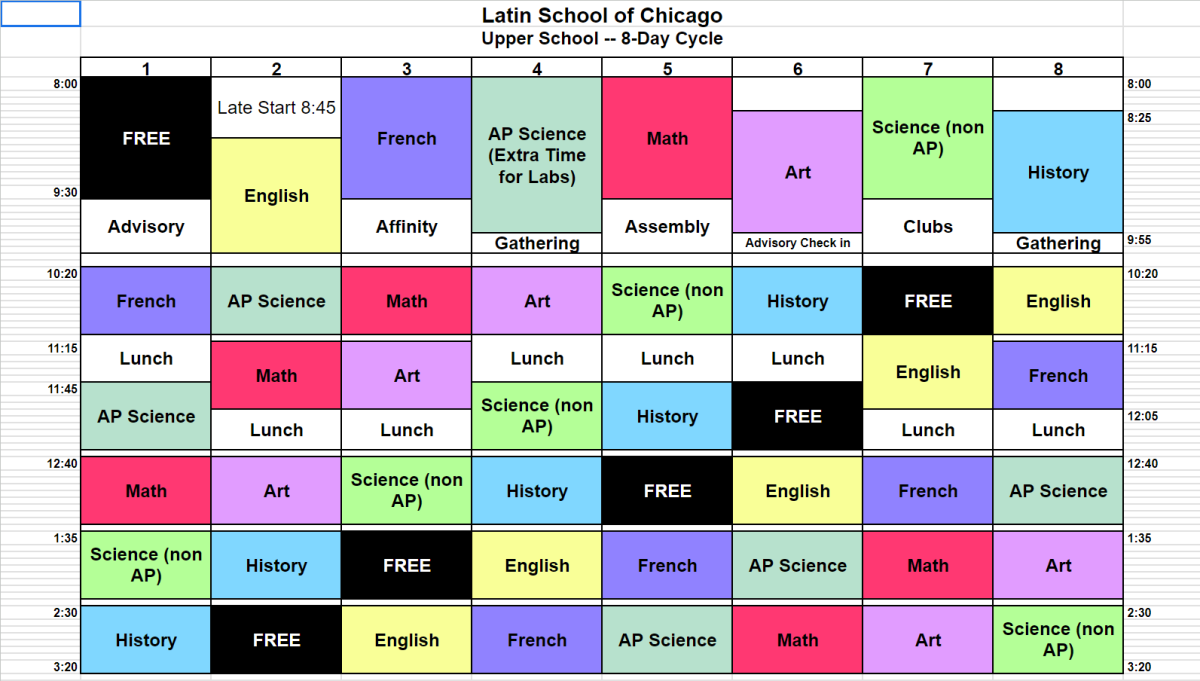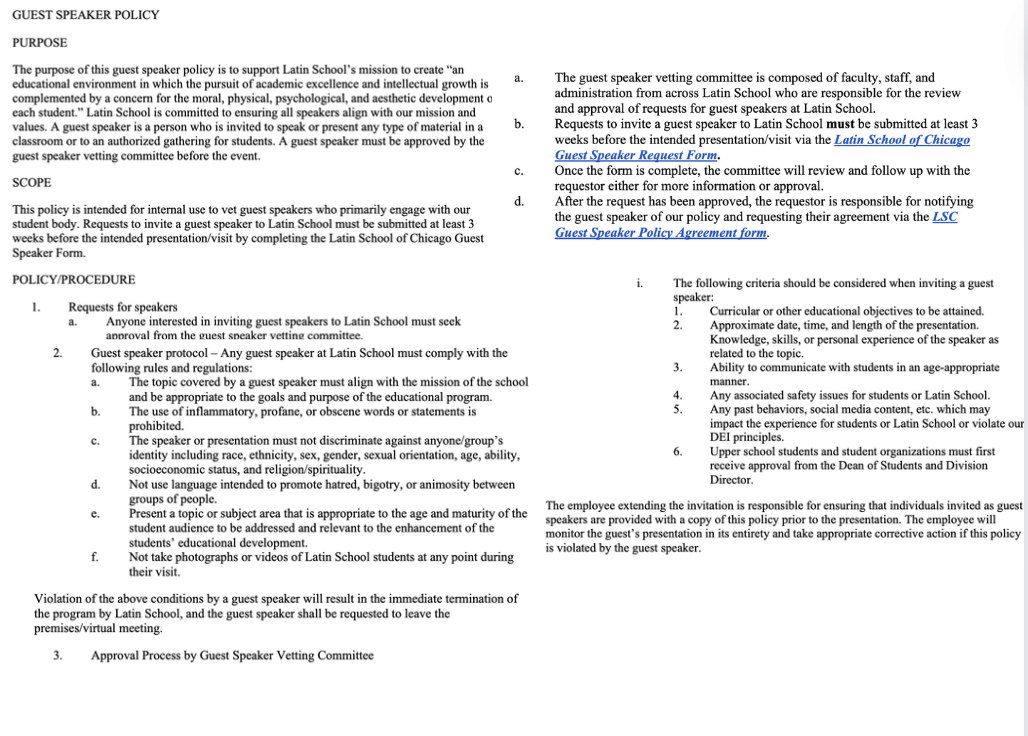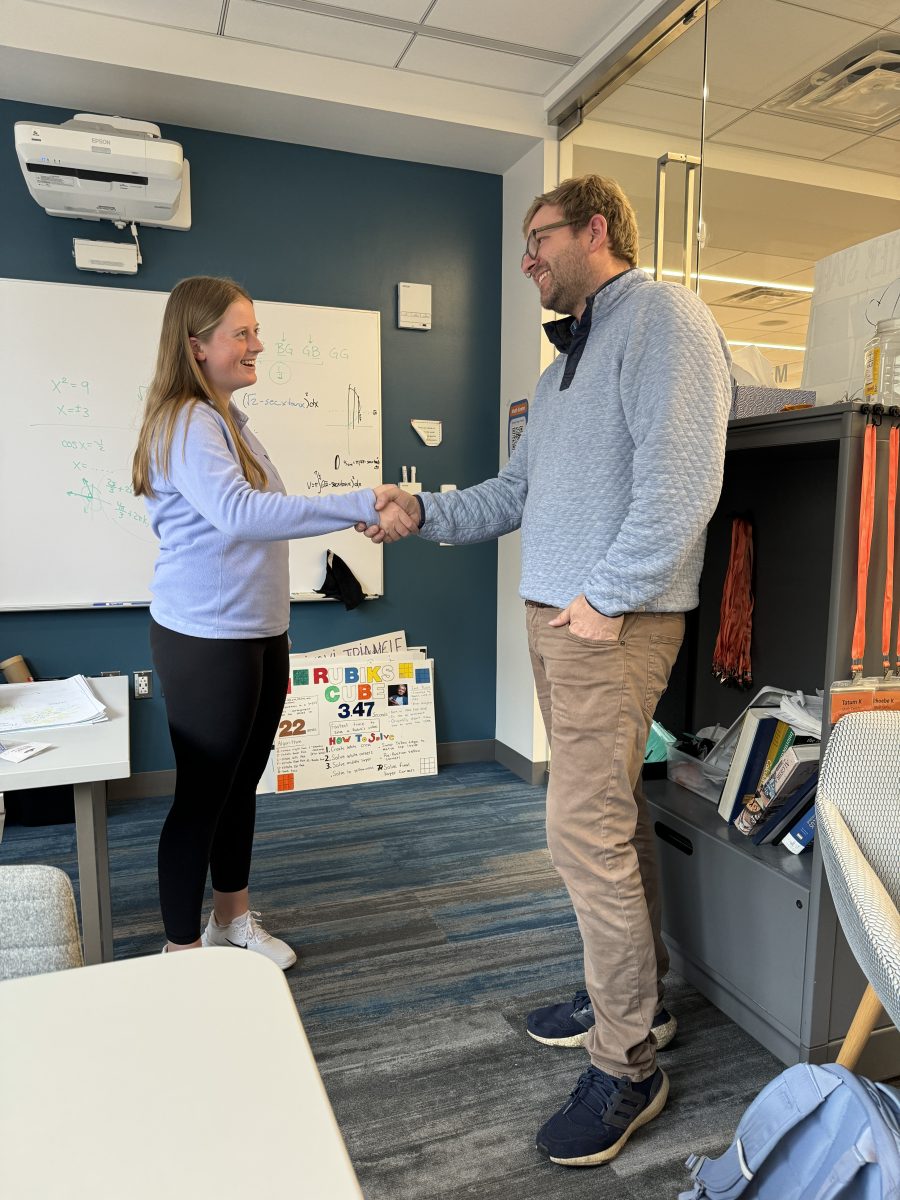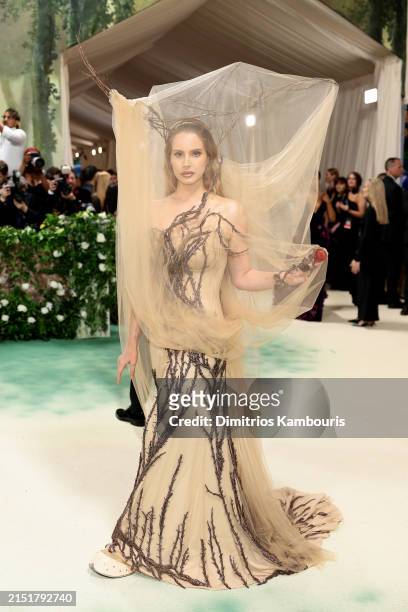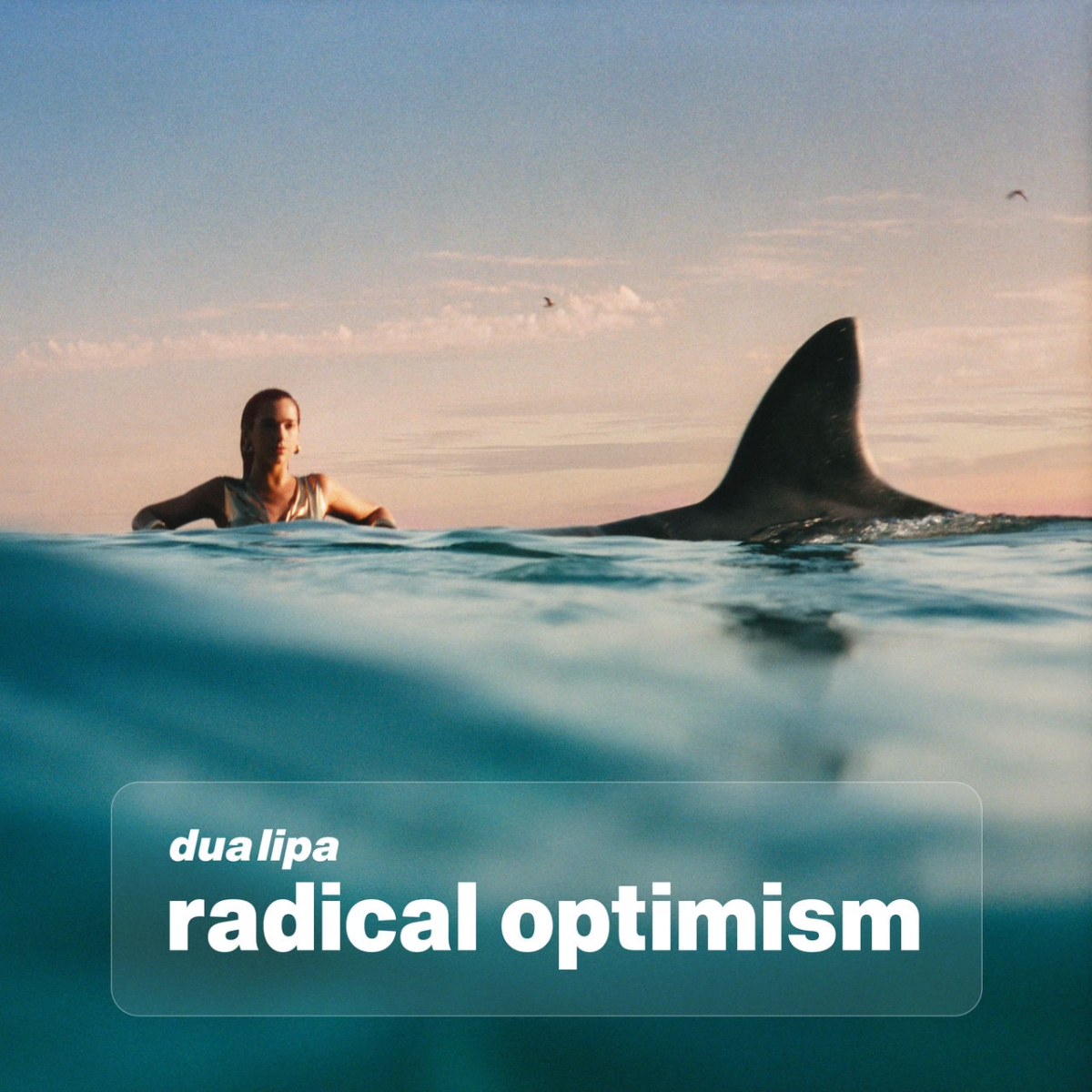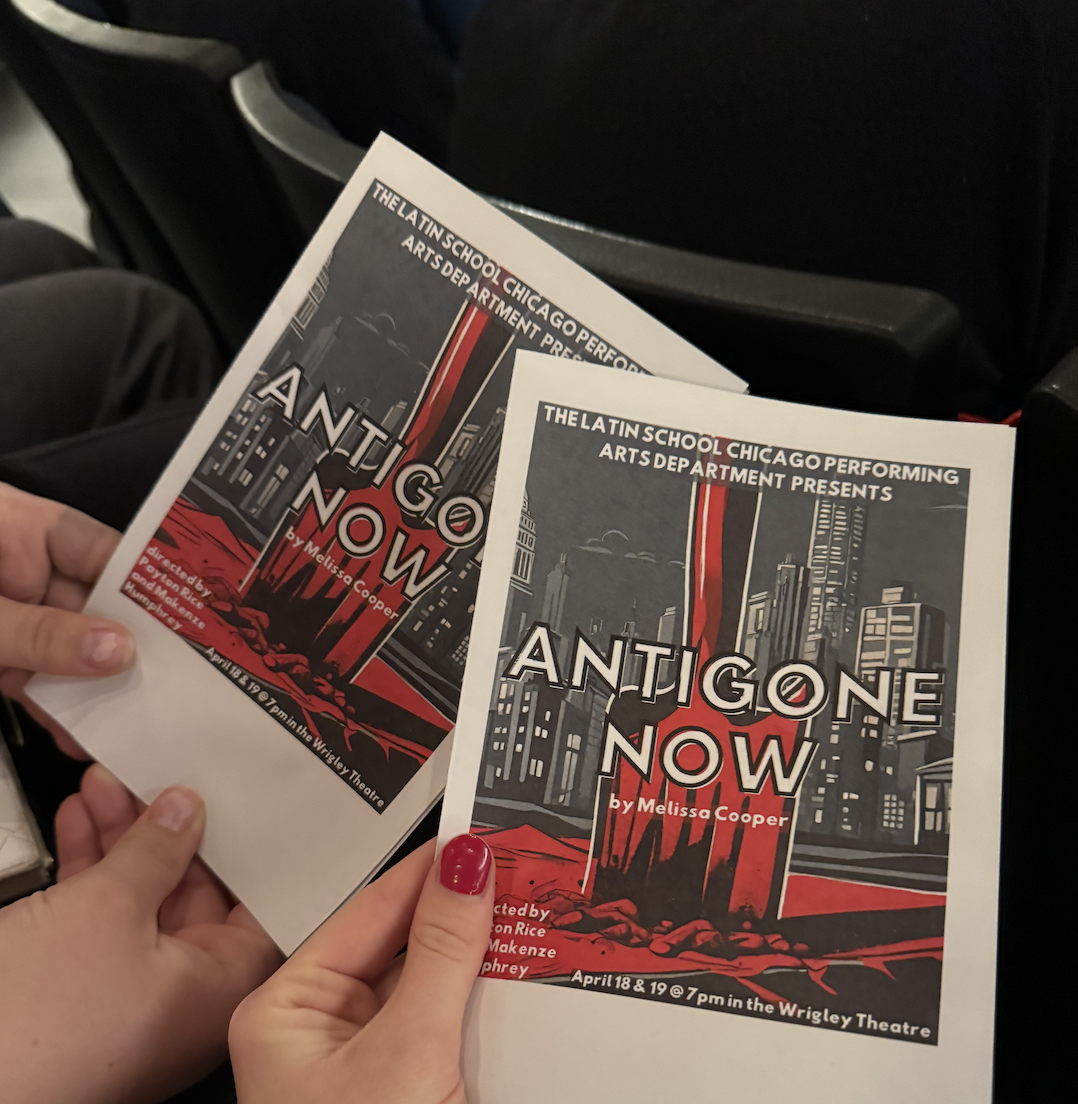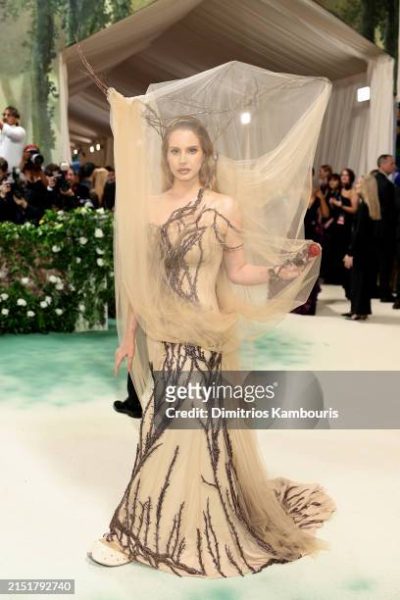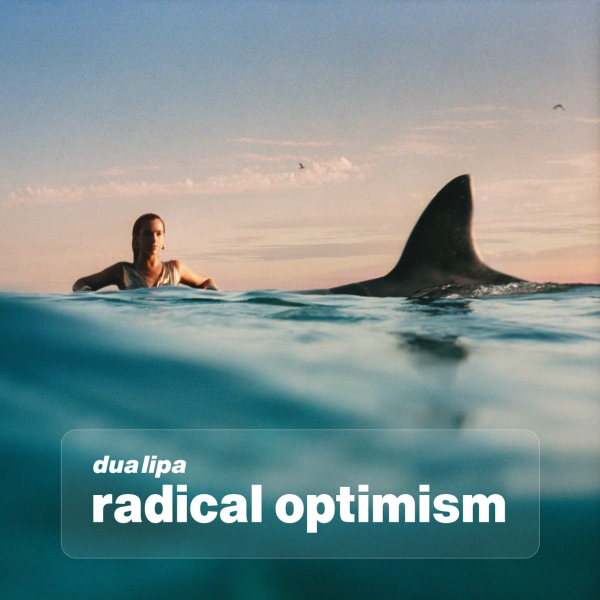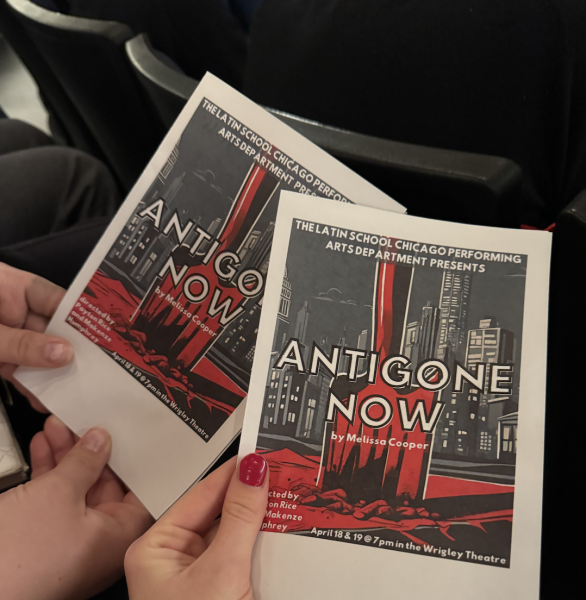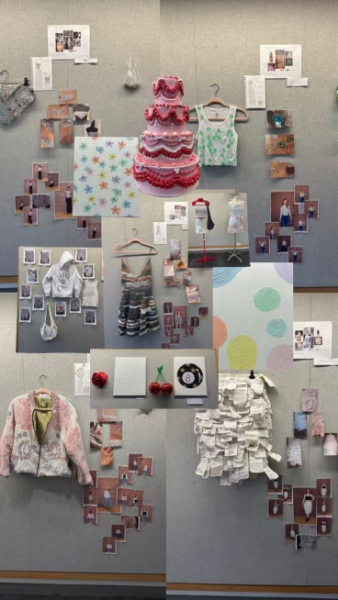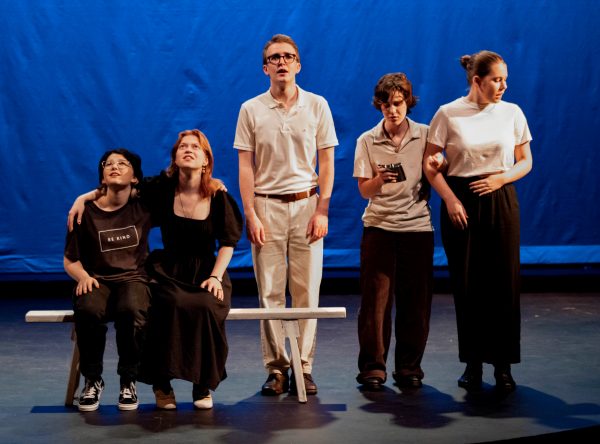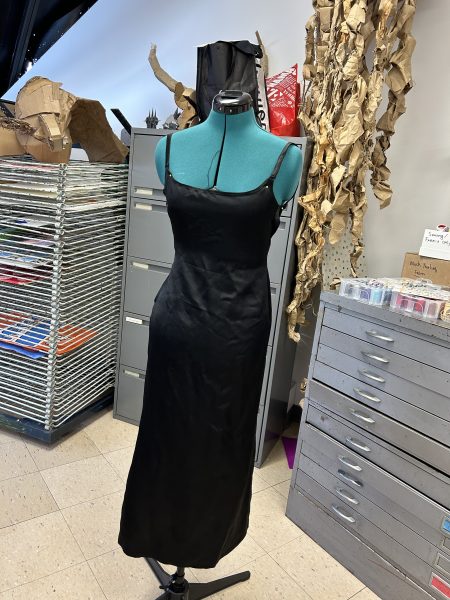Looking Past the Drama: A ‘Don’t Worry Darling’ Review
Drama surrounding “Don’t Worry Darling” has stolen attention from the film itself.
Recently, the media has been captivated by the release of “Don’t Worry Darling,” an Olivia Wilde film that has people wondering what the Victory Project is, and why its apparent perfection masks the haunting truths behind the town.
Most fans on social media have been more focused on the “drama” between actor Florence Pugh and director Olivia Wilde than on the film itself. Both women are known for their talented work and dedication to equity on film sets, and it is disappointing to see the two women clash in the media. In 2019, Wilde made a speech at The Hollywood Reporter’s Women in Entertainment Gala. She said, “[We are entering] a new era of Hollywood, the era of sisterhood; [where] our links are stronger than ever.” The depiction of the “drama” between the two women in the media is directly contradicting the values held by Wilde and many other women in the entertainment industry. It’s taking steps in the wrong direction, judging equity on film sets, which is discouraging many young women.
Not many people know exactly what happened between the two, but Pugh’s absence at the Venice Film Festival sparked speculation among many fans. Junior Noa Paige Bremen didn’t see the film but thought the drama took away from the release. She said, “It switched the focus from the actual movie to the individual cast members, and I think that draws attention away from the [movie].” Viewers should focus instead on the film itself and how its structure, plot, and characters introduce a unique way of storytelling.
The film is set in a small rural community called the Victory Project. It is in a dry climate, opposing the vibrant cars, perfect simplicity, and apparent flawlessness that embodies Victory. Daily life for women consists of cooking, cleaning, and providing for their husbands. In the early scenes of the film, we see Alice, played by Pugh, gracefully go through her daily tasks with pleasure. Upon her husband’s return from work, she has a beautiful dinner set out after his long day of work. (What work is that exactly? Nobody knows.)
Among the many motifs Wilde implements into her film is the shape of a circle. Throughout the movie, circles are everywhere. “A lot of the images were circular and resembled eyes,” senior Eve Drumm noted. These eyes could be watching over those on the Victory Project, or showing that there might be something beyond this small rural town watching them. These recurring images of circular objects or entities fit perfectly into the so-called “perfect” world that Wilde wanted to create; the circles represent the continuous cycle that the Victory Project runs each day, the complete inability to escape the repetition that daily life consists of. One of the signs to the audience showing defects in the Victory Project is that the shape of the project is not a circle, but a broken shape, indicating the project is far from its apparent perfection.
The film has a cohesive narrative, focusing solely on Alice’s perspective. This lens allows the audience to piece together the value of Alice’s environment through her eyes. Senior Cole Hanover said he didn’t think the film executed proper exposition in introducing the world. “The [Victory Project] seemed to make up rules for itself just to contradict them,” he said.
This concept becomes prominent as the origins of the Victory Project are revealed. The project has complex layers that keep viewers thinking long after leaving the theater, and trying to piece together the value of life held by people who live in Victory, and not just Alice. The mystery and lack of information don’t limit the audience, but rather allow them to form their own view of residents of the Victory Project.
The audience members weren’t the only ones piecing together the unusual traits of the Victory Project. Alice’s day-to-day routine, as the film goes on, becomes far from its normal cycle. She begins to hallucinate strange events happening around her. The walls start pushing in on her (literally), her food is different, and her mirrors have been bouncing strange images. These curious happenings lead Alice to venture outside of the Victory Project to see what the cause of these strange events may be. She begins her journey wondering why the project is so perfect, and what she is doing at Victory.
These thoughts guide the story as viewers see Alice venture on a journey full of twists and turns. These broken pieces from the beginning of the story help shape the audience’s view of the Victory Project, and the ultimate reveal of what really happened and why Alice is in this twisted community full of secrets.
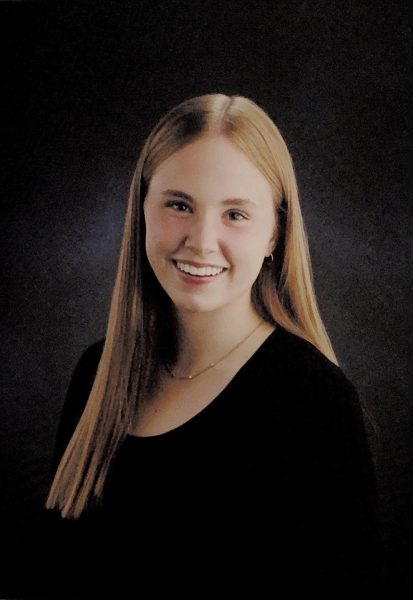
Margaret Townsend (‘24) is a senior at Latin and has been writing for The Forum since 2020. Margaret loves to write about film and is looking forward...



